Say I have this example data frame
set.seed(12345)
n1 <- 3
n2 <- 10
n3 <- 60
times <- seq(0, 100, 0.5)
individual <- c(rep(1, n1),
rep(2, n2),
rep(3, n3))
events <- c(sort(sample(times, n1)),
sort(sample(times, n2)),
sort(sample(times, n3)))
df <- data.frame(individual = individual, events = events)
Which gives
> head(df, 10)
individual events
1 1 72.0
2 1 75.5
3 1 87.5
4 2 3.0
5 2 14.5
6 2 16.5
7 2 32.0
8 2 45.5
9 2 50.0
10 2 70.5
I would like to plot a cumulative step graph of the events so that I get one line per individual which goes up by 1 each time an event is "encountered".
So, for instance individual 1 will be 0 up to 72.0, then go up to 1, until 75.5 when it becomes 2 and up to 3 at 87.5 to the end of the graph.
What would be the easiest way to do that?


